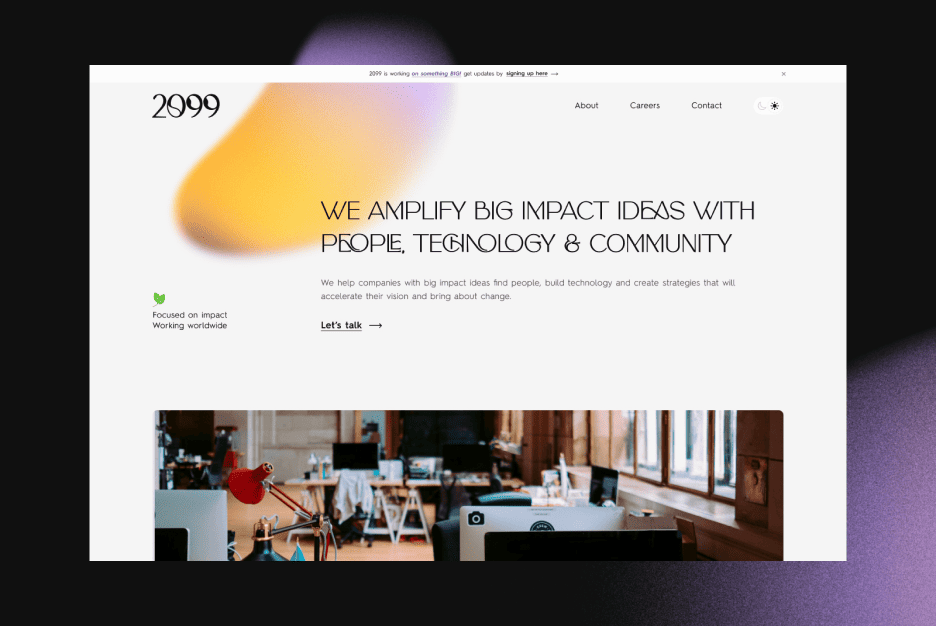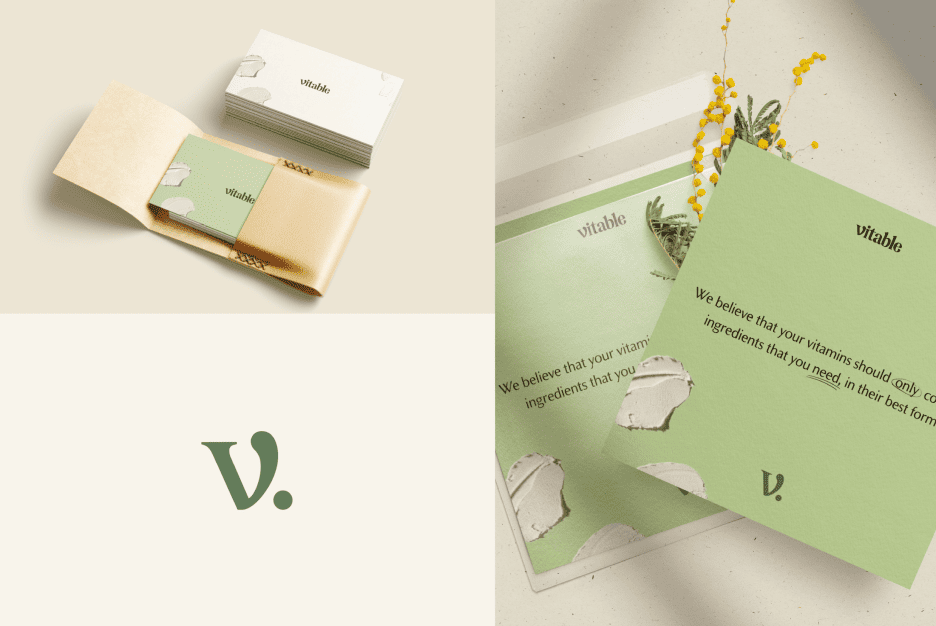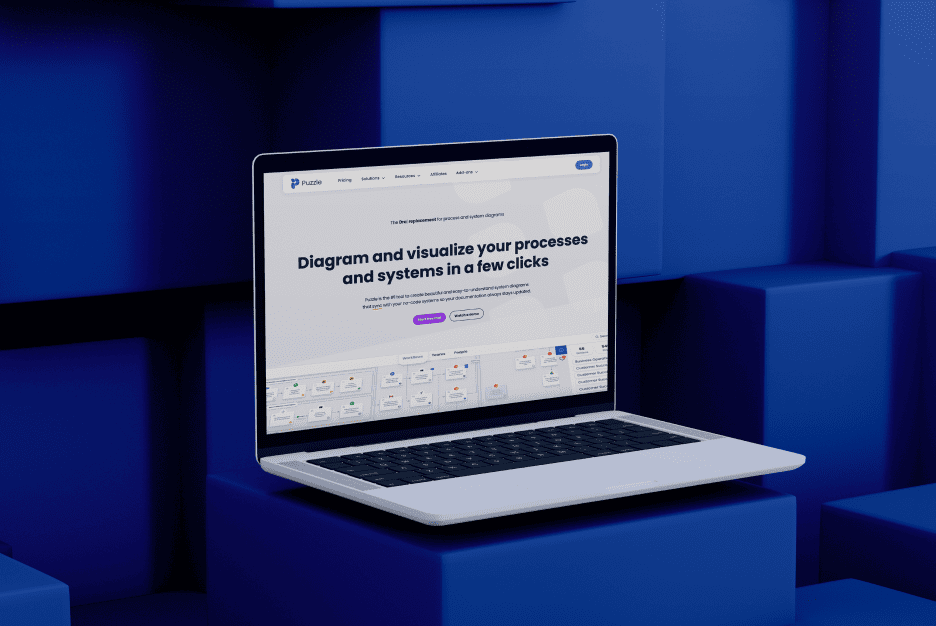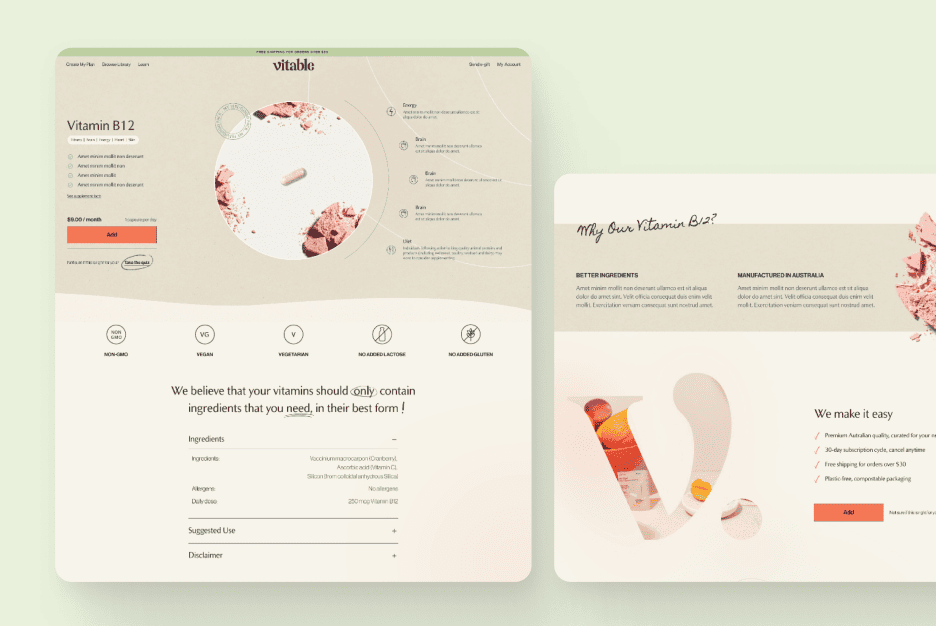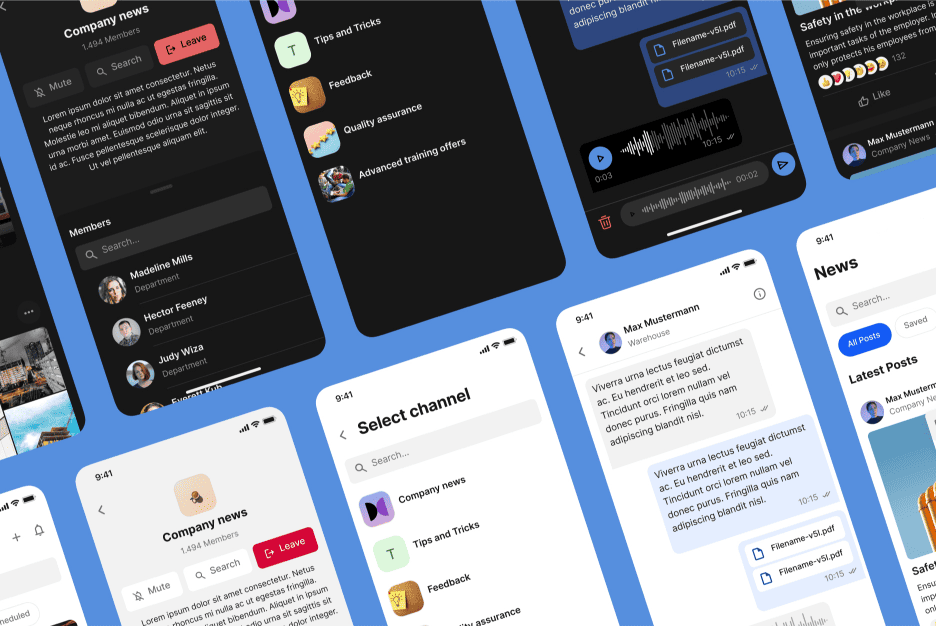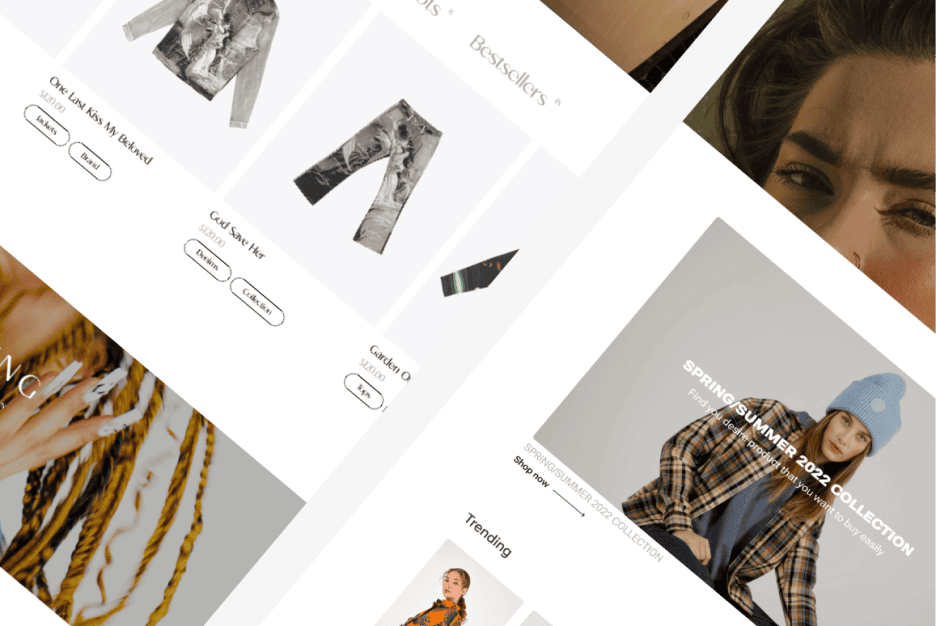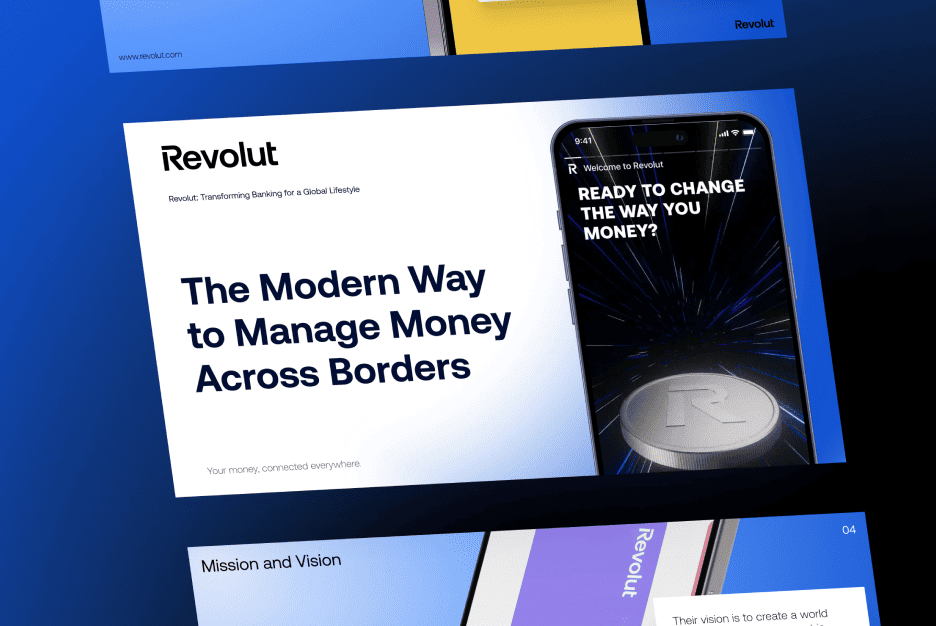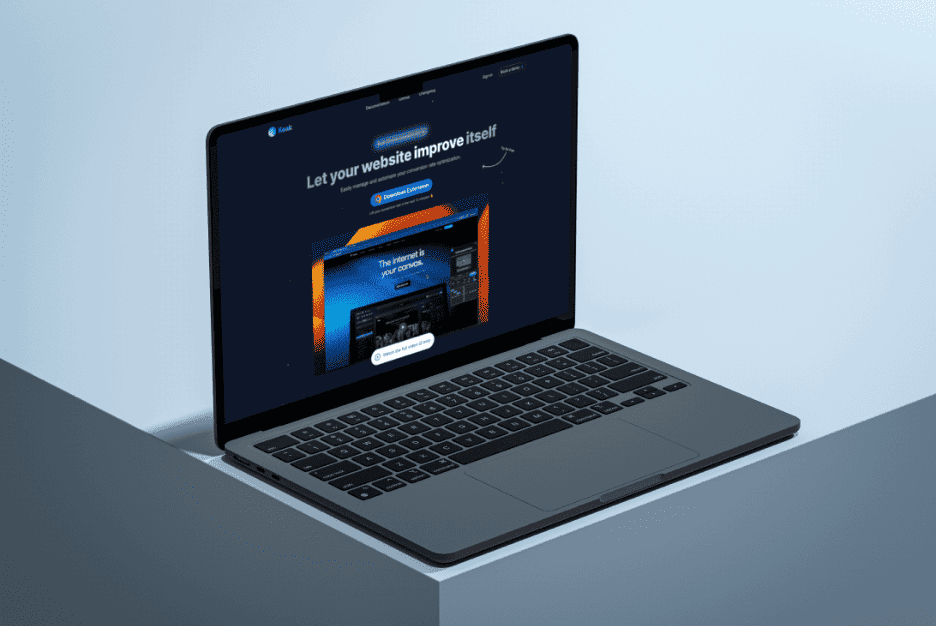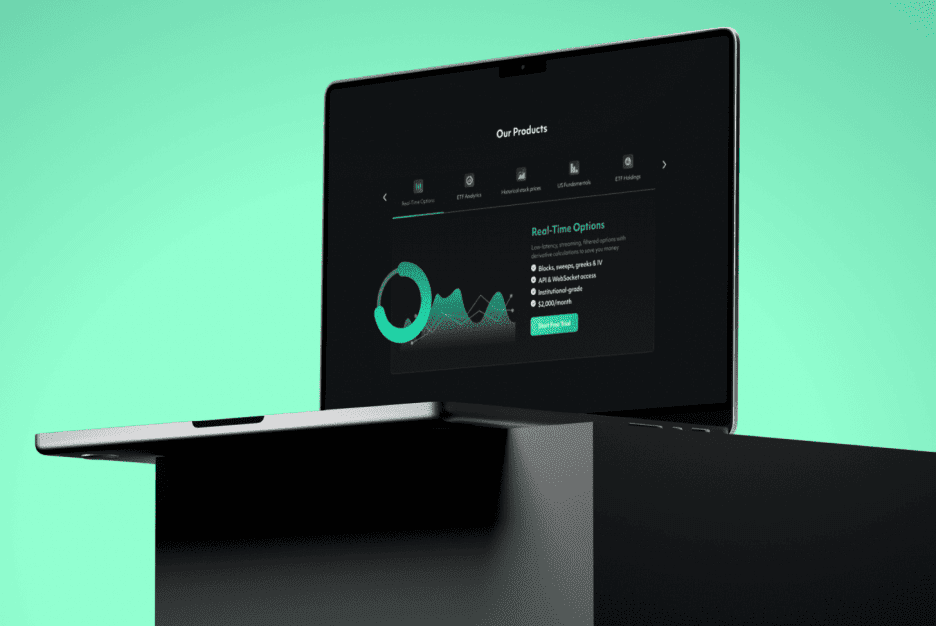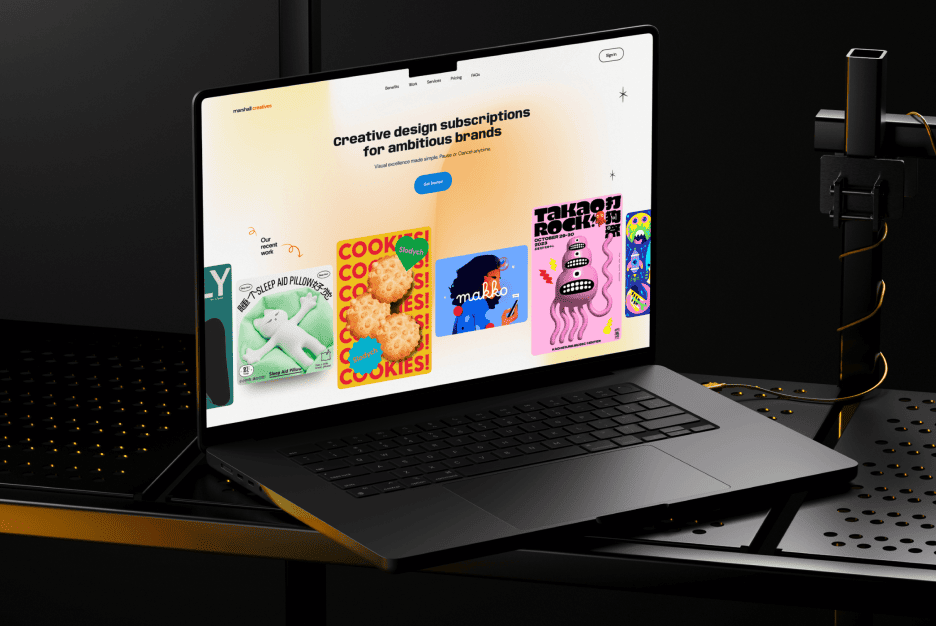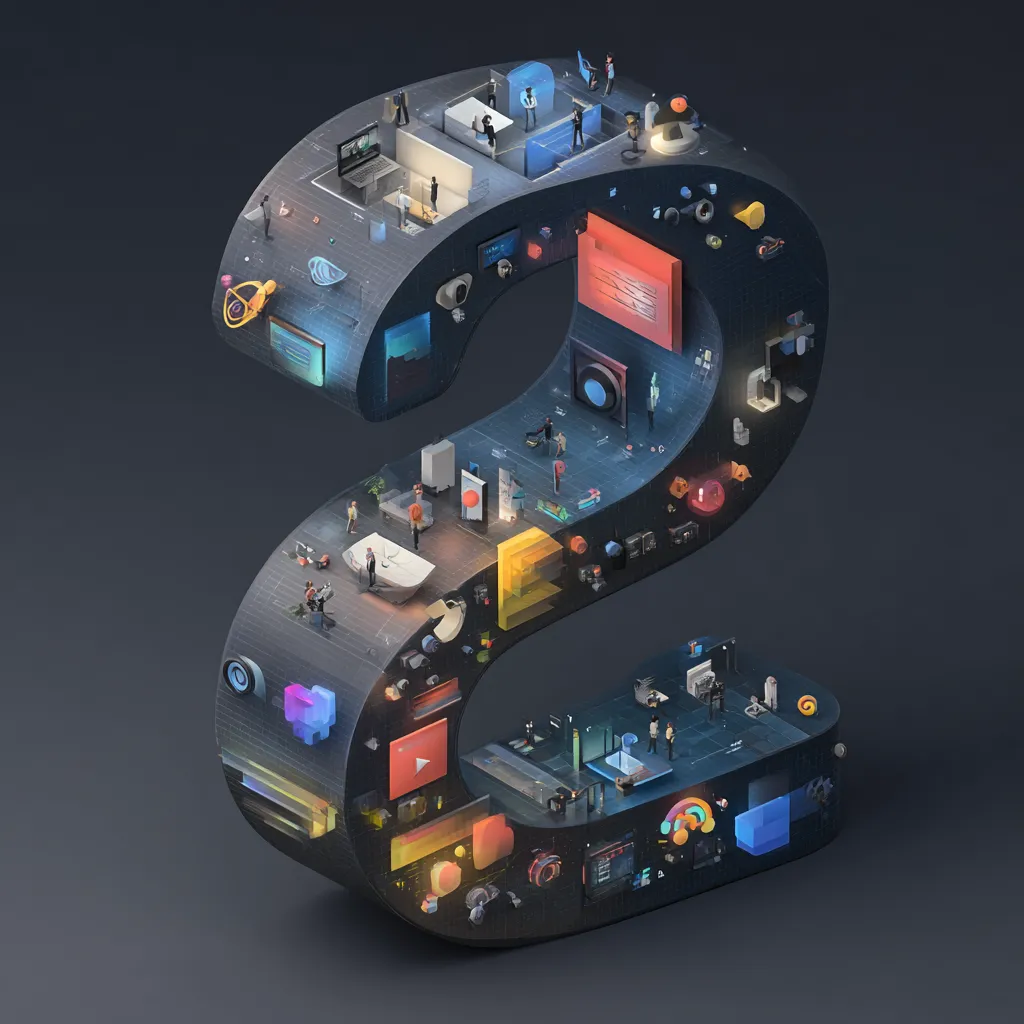Remember the first time you fell down the rabbit hole of Facebook or Instagram scrolling? You swore it had been five minutes, but somehow an hour vanished and your thumb was basically on autopilot. That’s the beauty — or the trap — of infinite scroll. But today it’s not just about mindlessly swiping forever. Feeds are evolving into something smarter: personalized streams that seem to know you almost too well. Creepy? Maybe. Addictive? Definitely. Let’s dig in.
From Early News Feeds to the Rise of Endless Scroll
In the early days, feeds were simple. Platforms showed posts in chronological order, like flipping through a diary of your friends’ lives. No algorithms, no tricks — just updates in order.
Then infinite scroll arrived. Instead of clicking “next page,” content kept loading as you swiped. It made browsing smoother, but it also locked people in. According to the Nielsen Norman Group, infinite scrolling caught on because it reduced friction — no effort, no interruptions, just pure content consumption. It was revolutionary, but also the start of a new obsession.
Why Infinite Scroll Hijacked Our Attention
Here’s the secret: our brains crave novelty. Every swipe is like pulling a slot machine lever — you don’t know what’s coming next. That uncertainty triggers dopamine hits, which is why people lose hours on TikTok or YouTube without even noticing. That’s Psychology 101.
Social media feeds use the same mental hooks casinos rely on. It’s unpredictable, rewarding, and engineered to keep you coming back. Apps don’t just serve content — they tease the possibility of something even better just one flick away. And we all know how that ends: “just one more scroll” turning into fifty.
The Big Problems of Classic Infinite Scroll Fatigue and Loss of Control
But here’s the flip side — the magic that made infinite scroll irresistible also made it exhausting. People started experiencing what researchers call “scroll fatigue.” After a while, all the posts blur together, and you can’t even remember what you just looked at.
Even worse, there are no natural stopping points. Without them, users lose track of time and end up scrolling way longer than planned. What started as entertainment often feels like a treadmill — fast-moving but directionless.

How Personalization Tech Transformed the User Experience
Enter personalization. Instead of dumping everyone into the same endless stream, platforms began tailoring feeds. Think of Netflix recommending shows you didn’t know you wanted, or Spotify playlists that feel handpicked. Suddenly, scrolling felt less random and more curated.
Here’s what personalization really delivered:
- Content that feels tailored to you, cutting through the noise
- Fewer irrelevant posts, which means less frustration
- A smoother experience that keeps users hooked but happier
This shift promised to fix the chaos of endless feeds — but it also opened the door to a new set of challenges.
Algorithms Choosing Content on Our Behalf
Behind every feed are algorithms acting like invisible editors. They decide what rises to the top, what gets buried, and what goes viral. Facebook’s News Feed, YouTube’s “Up Next,” TikTok’s “For You” page — all powered by code learning from your every move.
But here’s the kicker: algorithms don’t just reflect your interests, they shape them. Watch three baking clips, and suddenly your entire feed thinks you’re a pastry chef. Convenient, yes. But it can also trap you in a narrower digital bubble.
The Role of AI in Building Personalized Streams
Artificial intelligence took this personalization game to the next level. AI doesn’t just count clicks — it tracks your pauses, watch time, even the moments when you hover but don’t tap. It’s basically a nosy roommate studying your every move.
AI crunches mountains of data to predict what will keep you scrolling. For Branding, this is both a blessing and a minefield. Apps want to feel like they “get” you, but the reality is you’re being nudged by a machine designed to maximize engagement. And yes, that usually means keeping you glued to your screen.

Users as Co-Creators of Their Own Feeds
Here’s where things get interesting: users aren’t just passive anymore. Every like, share, mute, or block is a Call-to-Action for the algorithm. You’re teaching the system what matters to you — and it’s listening.
That means feeds are becoming a kind of partnership. Sure, the AI has the steering wheel, but your micro-actions act like road signs. The future of feeds may feel less like an endless conveyor belt and more like a dialogue between you and your apps.
The New Ethics of Personalization Where Do We Draw the Line
With all this personalization power, new ethical questions pop up. At what point does tailoring content cross into manipulation? When does “helpful” become “invasive”?
Critics argue that too much personalization kills diversity of thought. If you only see what you already like, your comfort zone becomes a cage. Others point out the privacy cost — after all, for AI to serve you the perfect meme, it has to know more about you than you might be comfortable with.
The Danger of Filter Bubbles and How to Break Out
Filter bubbles are the dark underbelly of personalized feeds. Algorithms keep reinforcing your existing views until your world shrinks. It’s like living in a Theme park designed entirely around your opinions. Fun at first, but ultimately isolating.
The way out? Curiosity. Follow accounts you don’t agree with, search for topics outside your usual range, or reset your recommendations now and then. Stepping outside your bubble isn’t just healthy — it keeps your feed fresh and surprising.
Where Scroll 2.0 Is Headed Predictions for the Near Future
So what’s next? The future of feeds looks hybrid — part AI-driven, part user-controlled. Imagine sliders that let you decide how much personalization you want, like seasoning your food. More control, less overwhelm.
We’ll probably also see AI act less like a manipulator and more like a guide. Instead of just feeding you endless clips, it might help you discover new ideas without drowning you. In other words, Scroll 2.0 isn’t about more content. It’s about better content.
